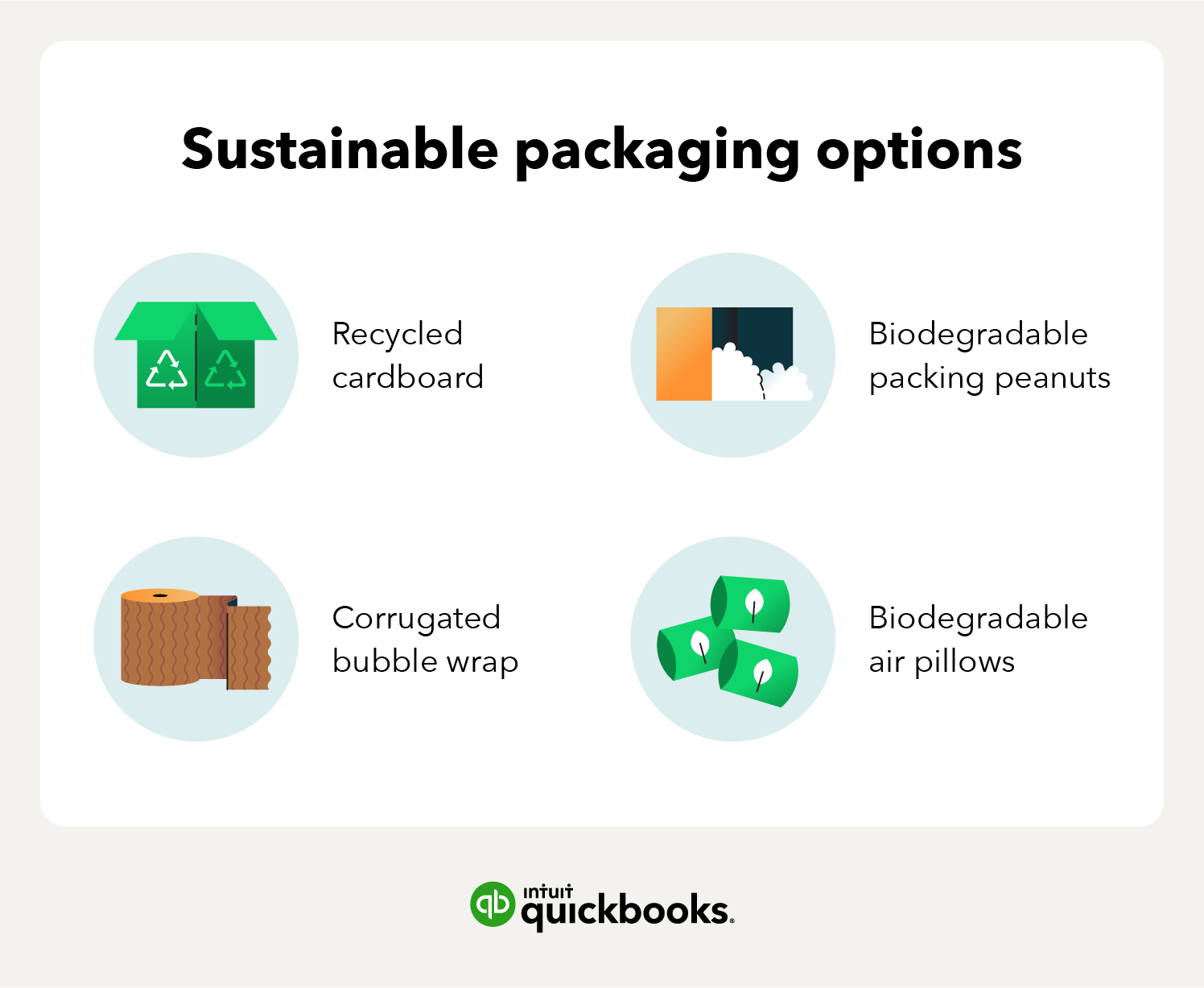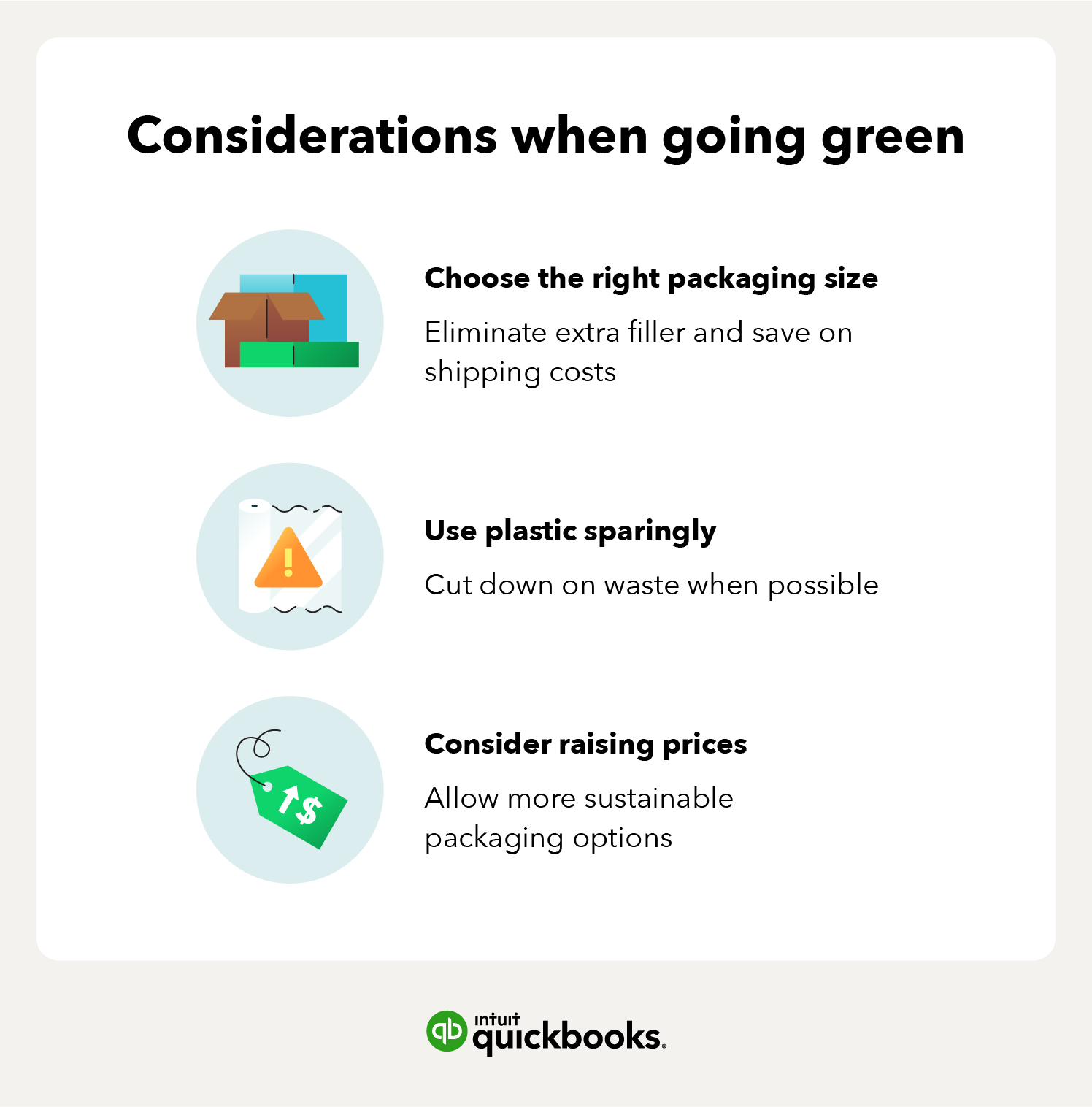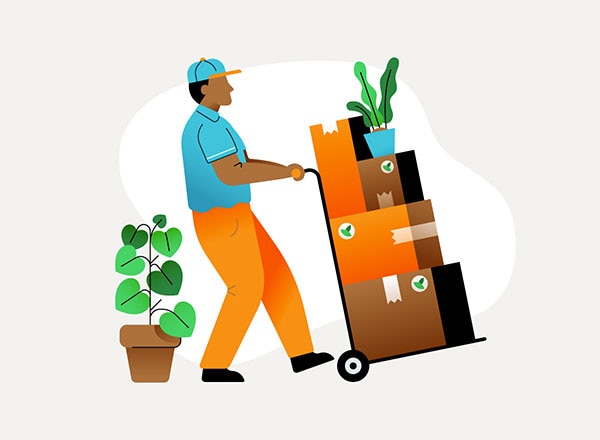Styrofoam takes anywhere from 500 to one million years to decompose in a landfill. Let’s put that into perspective: One million years ago, our hominid ancestors could have thrown a styrofoam cup in a landfill while hunting a wooly mammoth or steering clear of a 23-foot-long venomous lizard…and that cup might still be there today. You know, if styrofoam existed back then.
Because of this, several major metropolitan areas, including Orange County, Portland, and New York City, have banned the use of styrofoam. In your quest to become a sustainable business, eliminating styrofoam from your packaging is an easy and impactful step to take. But switching to truly sustainable packaging is a bit more complex.
The Sustainable Packaging Coalition , a membership-based collaborative on a mission to improve packaging systems, defines sustainable packaging as beneficial, safe, and healthy for individuals and communities throughout its life cycle. Sustainable packaging optimizes the use of renewable or recycled source materials. And it is physically designed to optimize materials and energy.
With that in mind, here are a few sustainable packaging options you can consider for your small business.














